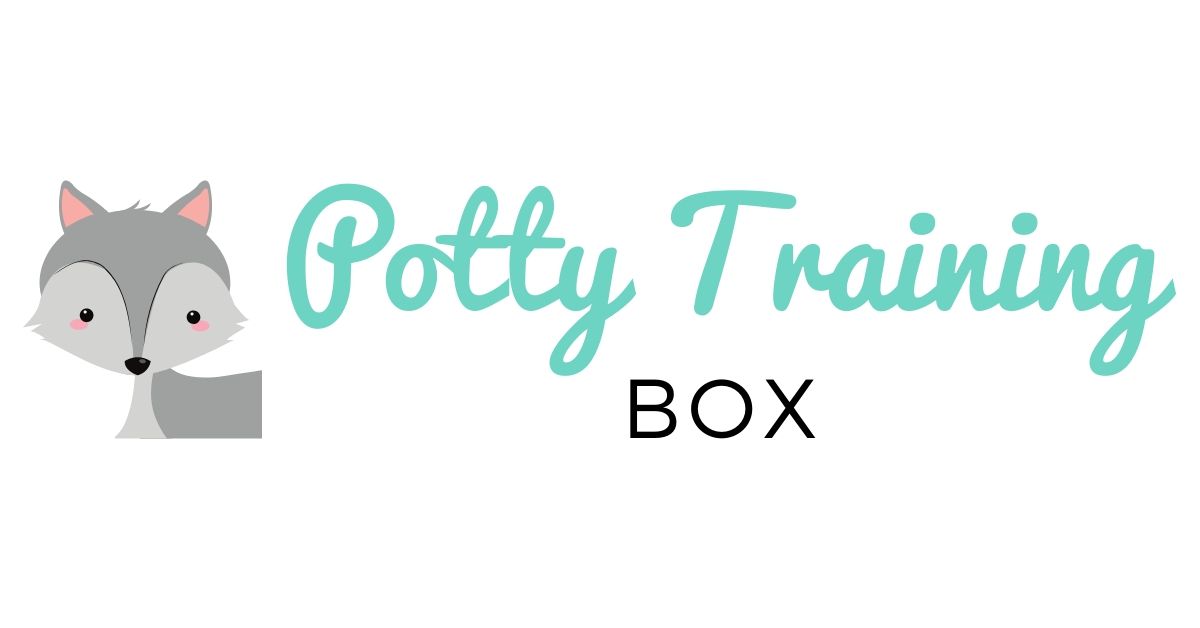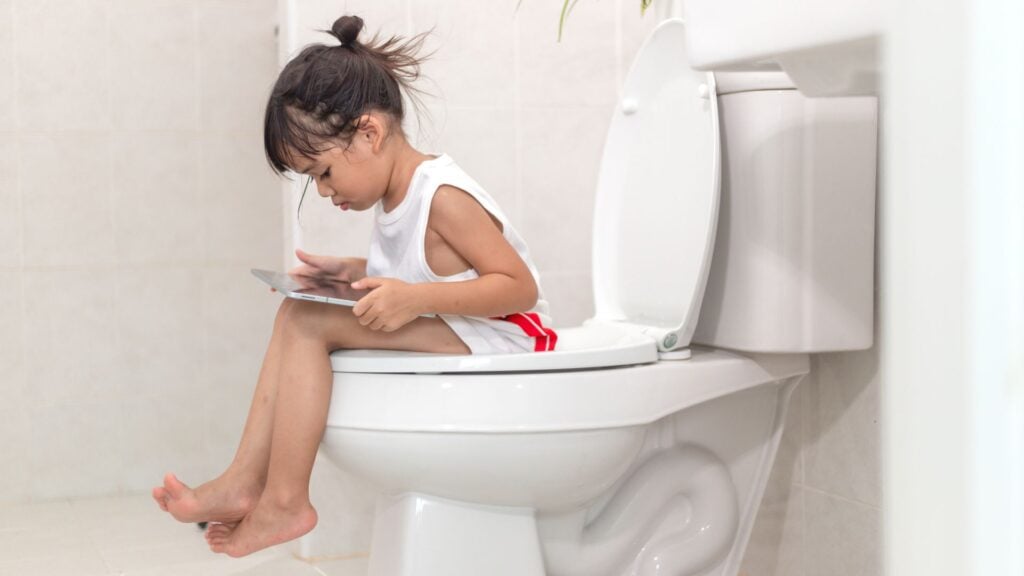My child keeps peeing small amounts! – As a parent, you’re familiar with the challenges that come with potty training your child. It’s an important milestone in your child’s development, but it can also bring (a lot of) frustration and questions. A common issue parents faces, especially in the first days of potty training, is that their child has a constant urge to pee. This can be confusing and worrying, but it’s a problem that frequently occurs and thankfully, there are plenty of solutions. In this article, we’ll explain in detail why a child often pees small amounts during potty training and give you valuable tips and advice on how to deal with it.
Causes of peeing small amounts
One of the main causes of peeing small amounts by children during potty training is their bladder capacity. In the early stages of potty training, your child may not yet have full control over the muscles that control the bladder. As a result, the bladder may not be fully emptied, leading your child to pee small amounts frequently. This is normal, and it takes time for the bladder to strengthen and for your child to improve control over peeing.
Additionally, tension and distraction can also play a role when your child experiences peeing small amounts. Some children experience stress or get distracted during potty training, causing them not to take the time to pee fully. They leave small amounts behind because they don’t feel relaxed enough on the toilet.
It’s important to create a calm and relaxed environment in the bathroom. Ensure your child feels comfortable and avoid distractions such as toys or loud noises. This way, your child can take the time to pee fully and avoid small amounts. For example, read a book together or blow bubbles with your child with your child so that he or she can relax well and also make a big pee. The last tip is a great one and it’s also fun to do!
Patience
Patience is key during potty training. It’s important to remain patient and encourage your child to keep trying in a fun way. Praise every small success and give your child the confidence that it will eventually work out. It takes time for the bladder to strengthen and for your child to improve control over peeing small amounts. What you can do is reward for small pees at the first days but after a few days only reward for big pees so your child also knows that this is the intention and goal.
Remind your child
Another useful tip is to remind your child to pee regularly. Set regular pee breaks, for example, every 1-2 hours at the beginning of potty training, to remind your child to go to the potty or toilet. This helps prevent the bladder from getting too full and your child from peeing small amounts. It can be helpful to use a timer or a clock for this, so it’s clear to your child when it’s time to go to the toilet. Also after a few days it’s important that you only remind your child when you recognize that your child need to go to the potty or toilet.
Relaxation
Encourage your child to sit and relax when peeing otherwise it won’t work to pee well. Teach them to wait until they’re really ready and not to rush to get up. This helps fully empty the bladder and prevent small amounts. Give your child the feeling of comfort and relaxation while peeing so that they can relax well and make big pees. Also, tell them that you won’t reward them anymore for small pees after a few days. You can read a book together or watch a little movie about potty training.
What if the Problem Persists?
If the problem of peeing small amounts persists and your child doesn’t seem to make progress, it may be wise to see a doctor. A doctor can look for any medical causes and advise on further steps you can take. It’s always important to rule out medical problems and be reassured as a parent. So, if in doubt, you can always give them a call. Your child may have a urinary tract infection uti if he or she pees small amounts.
If you want more tips on potty training or if you’re facing another problem, learn more at our other blogs, our FAQ, or check out our Instagram or Facebook page. There are many more tips there. If your question isn’t answered, you can also send us an email or private message.


